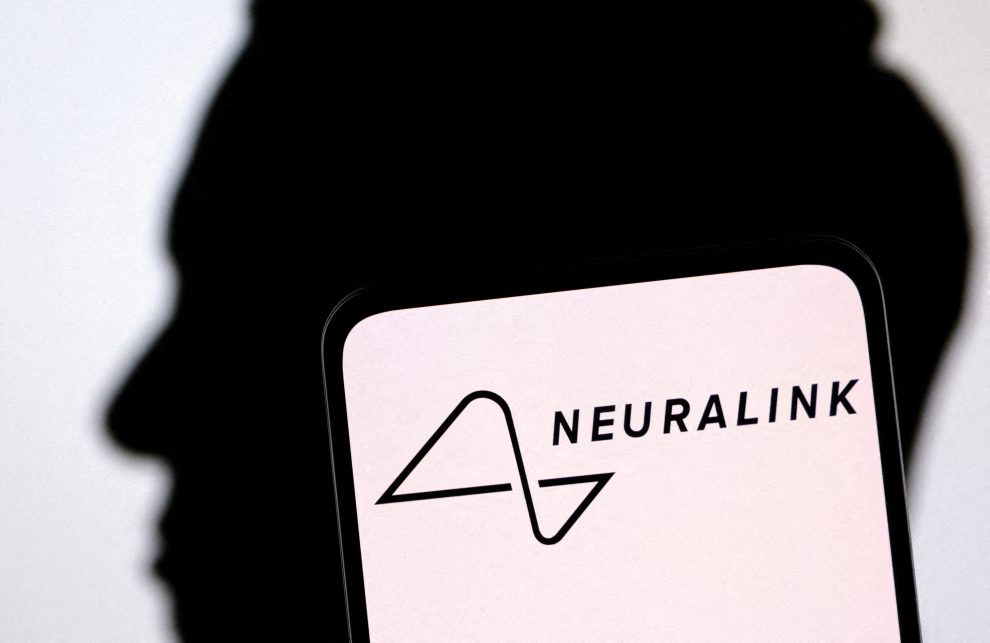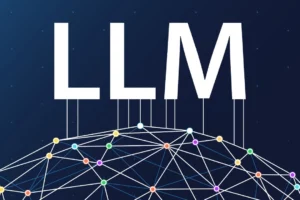Elon Musk’s Neuralink has announced the first human implantation of its revolutionary brain-computer interface (BCI) device. This announcement, expected to take place in late 2023 or early 2024, has sent shockwaves through the scientific community and reignited discussions about the potential of this cutting-edge technology.
Neuralink’s Vision: Restoring Lost Abilities and Beyond
Neuralink’s primary goal has been to develop a groundbreaking BCI that can restore lost abilities to individuals with neurological conditions. This ambitious endeavor aims to achieve the following:
- Regaining Control of Limbs: By harnessing the power of the BCI, Neuralink hopes to enable paralyzed individuals to control prosthetic limbs or robotic interfaces directly with their thoughts, regaining a sense of independence and autonomy.
- Communication and Speech Assistance: For those who have lost the ability to speak due to conditions like amyotrophic lateral sclerosis (ALS), the Neuralink implant could potentially facilitate communication through thought, bridging the gap between the mind and the outside world.
- Brain-Machine Integration: While the initial focus is on medical applications, Neuralink’s long-term vision extends to seamless brain-machine integration, potentially allowing individuals to control devices directly with their brain signals or even augmenting human cognition in revolutionary ways.

Separating Fact from Fiction: The “All-Night Gaming” Claim
Amidst the excitement surrounding the first human trial, reports have circulated suggesting that the initial recipient of the Neuralink implant used the technology to play video games all night. However, it is crucial to approach such claims with caution and skepticism, as they may be unfounded or premature.
Here’s why the “all-night gaming” claim might be inaccurate or exaggerated:
- Focus on Medical Applications: At this early stage of human trials, Neuralink’s primary focus is likely to be on ensuring the safety and efficacy of the implant in restoring lost abilities. Entertainment applications, while potentially feasible in the future, are unlikely to be a priority for the initial trials.
- Technical Limitations: The current iteration of Neuralink’s technology may not yet be sophisticated enough to handle the complex control inputs required for extended gaming sessions or other entertainment-related applications.
- Battery Life and Safety Considerations: Brain implants are likely to have limited battery life, and prolonged use for non-essential activities like gaming might not be feasible or advisable due to potential safety concerns.
The Future of Neuralink: Paving the Way for Groundbreaking Advancements
Regardless of the validity of the “all-night gaming” claim, the first human implantation of Neuralink’s BCI device represents a significant milestone in the field of neurotechnology. As the technology continues to evolve and undergo rigorous testing, its potential applications in restoring lost abilities and enhancing human capabilities could have far-reaching implications for individuals with neurological conditions.
While the immediate focus is on medical applications, the future of Neuralink may extend beyond the realms of healthcare. As the technology matures and becomes more sophisticated, potential applications in entertainment, gaming, and other fields might become a reality. However, it is crucial to approach such possibilities with cautious optimism and rely on reputable sources for accurate and up-to-date information.
Staying Informed: Navigating the Age of Neurotechnology
As with any emerging technology, it is essential to remain vigilant and discerning when it comes to information about Neuralink’s progress and applications. Reputable tech news sources, scientific publications, and official statements from Neuralink itself are likely to provide the most accurate and trustworthy updates.
While the prospect of seamlessly controlling video games or other devices with our thoughts may capture our imaginations, it is crucial to separate speculation from reality and focus on the tangible, life-changing potential that Neuralink’s BCI technology holds for individuals with neurological conditions. By staying informed and relying on credible sources, we can better understand and appreciate the significance of this groundbreaking development while maintaining a critical and balanced perspective.
















Add Comment